
Read or listen offline
Amazon KindleRecommendation
Tune into this episode of The So What from BCG podcast as host Georgie Frost talks with Allison Bailey, global leader for BCG’s people and organization practice, about the transformative potential of generative AI. Frost and Bailey provide valuable insights into how organizations can navigate the evolving AI landscape and stay competitive. As Bailey explains, to make the most of generative AI, companies need to focus on training their people, not just on using these new technologies. Organizations should also prioritize responsible AI implementation to build trust and ensure successful long-term use.
Summary
About the Podcast
Georgie Frost is a prize–winning finance broadcaster and journalist. She’s host of the Daily Mail Online long-running This Is Money podcast. Allison Bailey is a managing director and senior partner at Boston Consulting Group. She’s vice chair of BCG’s people and organization practice and a former BCG fellow, researching digital education.









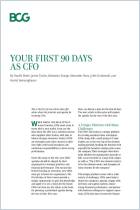
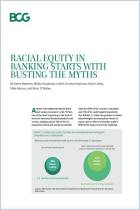
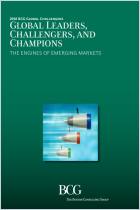
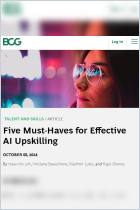
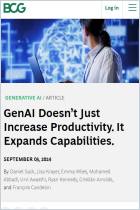
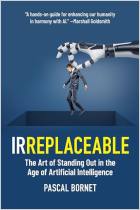
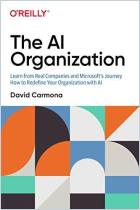
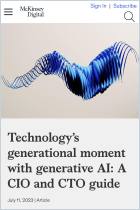
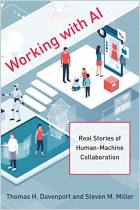







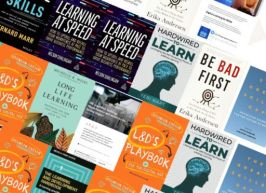



Comment on this summary